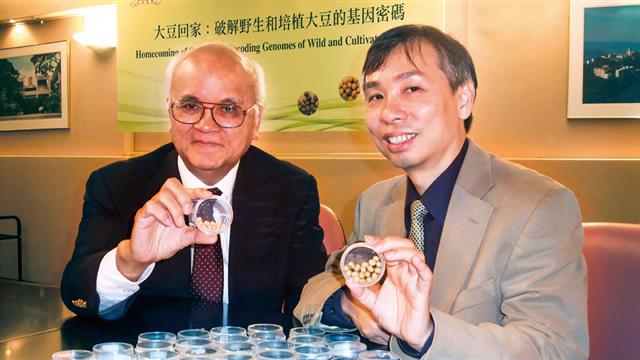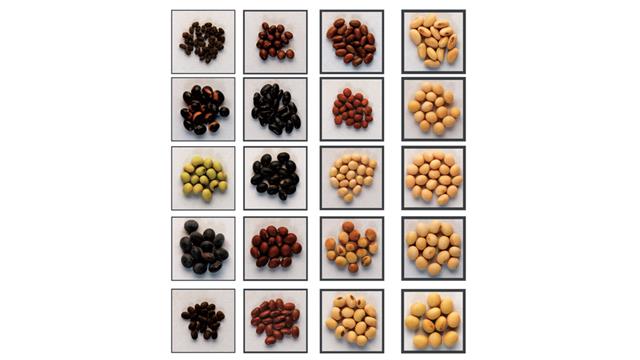Stabilizing and Strengthening Food Supply in China
The threat to a steady food supply in China is real due to her huge population. The issues concerning food supply and safety in China are clearly articulated in a review published in The Lancet (8 June 2013). The first author and the corresponding author, Prof. Lam Hon-ming and Prof. Samuel S.M. Sun respectively, have devoted the main focus of their research to solving the food supply problem in China.
More nutritious rice with high yield
Professor Sun, Member of the Chinese Academy of Engineering and former Director of the State Key Laboratory of Agrobiotechnology (Partner Laboratory at CUHK), has always aspired to make contributions towards providing the world with adequate food supply through genetic engineering and plant improvement. When asked why focused on rice, he pointed out that the Chinese character for “rice” (米) is embedded in the Chinese character for “food” (糧). Rice is after all a staple food for the Chinese and many other Asian populations.
Professor Sun started his research career in the US. In 1980, he cloned the first plant gene thus leaving his first footprint in biotechnology. Armed with the knowledge he gained in agrobiotechnology, he returned to CUHK in 1996 to head its Department of Biology.
Professor Sun worked with Prof. Yuan Longping, the famous “father of hybrid rice” in China, to develop hybrid rice with improved yield and nutrients. The hybrid rice that contained genes of sweet corn has better photosynthetic rate and shows potential yield enhancement. It is now being further improved and evaluated in China. On the international front, Professor Sun joined a consortium of researchers from various countries supported by the Bill and Melinda Gates Foundation for a nutrient-rich rice. The CUHK team’s role in the project is to enhance the protein quality, especially the essential amino acid lysine content in rice. The project has been completed and is currently undergoing food safety testing in China.
The homecoming of soybeans
Another important food for the Chinese is soybean, which provides the protein and oil needed by human beings. Although soybean was originally from China, China needs to import over 70% of her soybean from the US and Latin America to satisfy domestic demands. Professor Lam, Deputy Director of the aforesaid state key laboratory, has chosen to work in marginal regions in China to develop suitable soybean cultivars that can grow under strenuous conditions. His research tries to leverage on state-of-the-art biotechnology and traditional breeding to tackle agricultural problems.
In 2009, Professor Lam collaborated with Professor Sun and BGI-Shenzhen to study the genomes of wild soybeans for restoring genomic information lost during domestication. They successfully decoded the genomes of 17 wild and 14 cultivated soybean accessions and revealed their differences. The findings were published as the cover story in the December 2010 issue of Nature Genetics, a top journal in genetics. Professor Lam’s team went on to construct unique genetic materials and identify a major salinity tolerance locus in the wild soybean genome. Field tests on anti-drought and anti-saline soybean lines have already been carried out in marginal regions in Northwestern and Northeastern China.
Together, Professor Sun and Professor Lam exemplify the sense of mission of Hong Kong plant scientists in ensuring a stable and sustainable food supply in China.
The Basics
The Benchmarks






